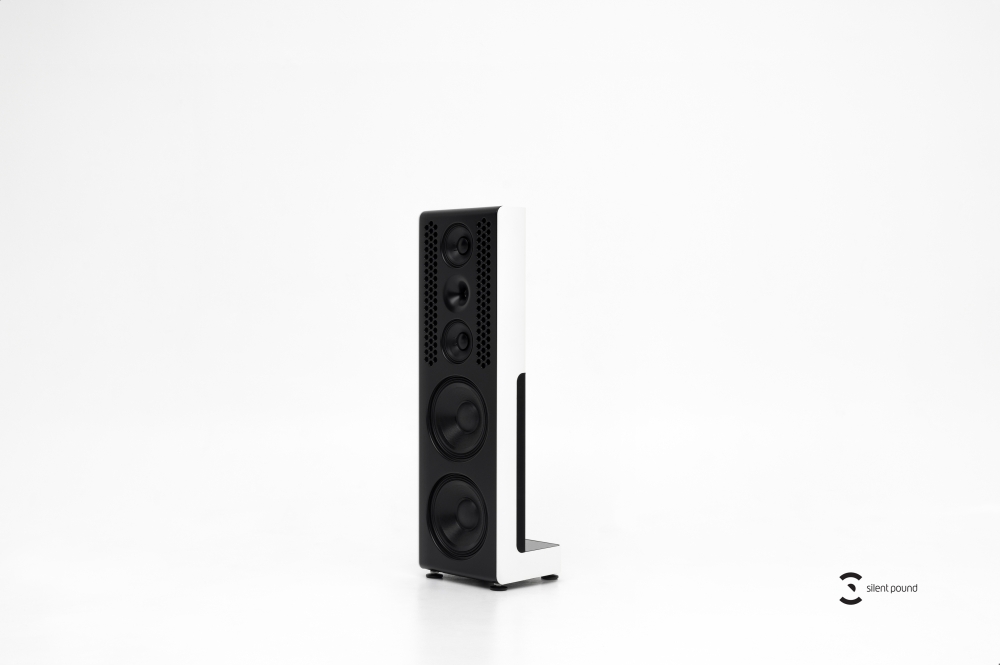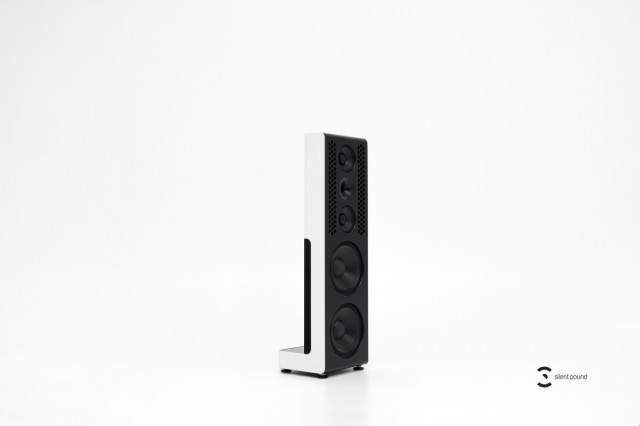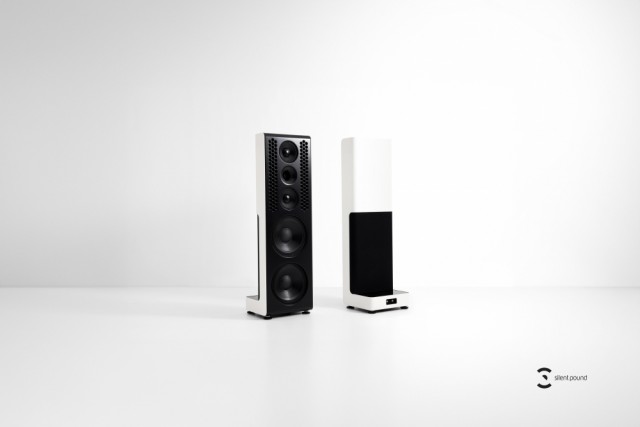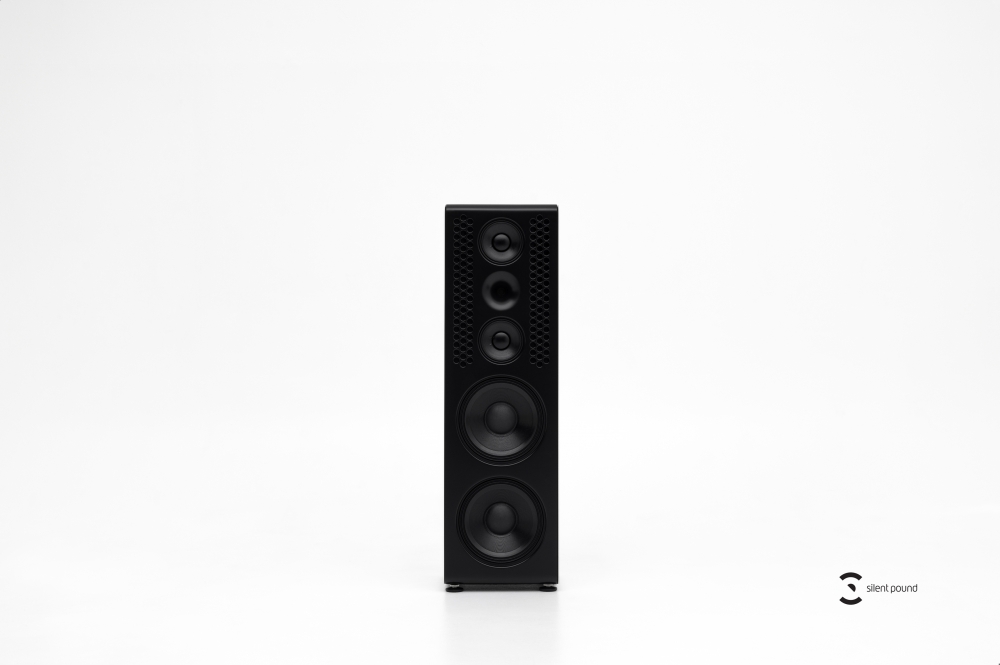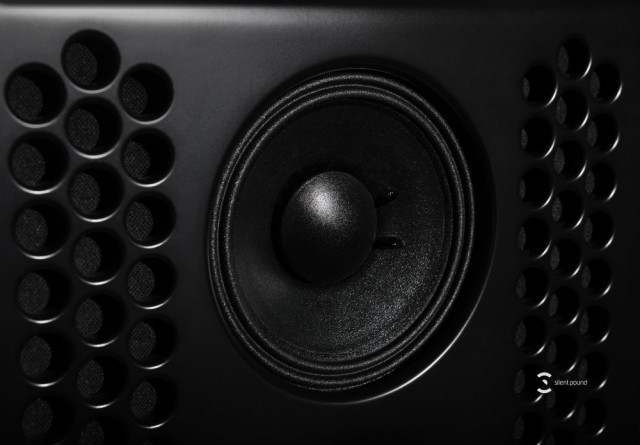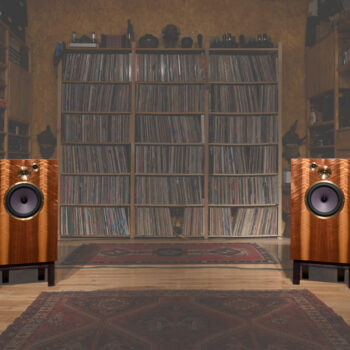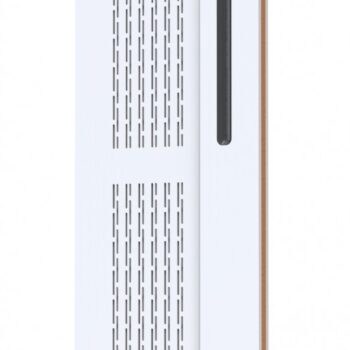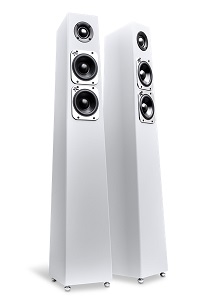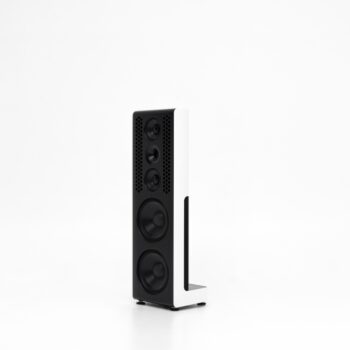Silent Pound – Challenger II
329,990.00 kr
Hybrid Åpen-Baffel høyttaler som låter langt over prisklassen. Custom farge og front mulig for tillegg. Challenger II har oppgraderinger på både delefilter og elementer.
Science
Directional acoustics as a way to decrease the acoustic interaction with the room
Quality acoustic treatment of your room often can and usually does exceed the cost of quality speakers. Therefore, it makes more sense to enhance sound quality by directing soundwaves toward the listener while trying to radiate as few waves to reflective surfaces as possible thus decreasing interaction between speakers and the room.
Sound diffusion optimization in an acoustically untreated room was our main goal. To achieve it we employed modern CAD and methods of mathematical modelling.
Through careful mathematical analysis, multiple experiments and critical subjective listening sessions we’ve managed to design an acoustic system suitable for various room sizes while maintaining tonal balance, high resolution and spectacular soundstage detail.

3 times less room resonances with no additional room treatment
From a technical standpoint, the biggest challenge to control directivity is in the low frequency range. There are different ways to achieve this goal, such as low frequency horns or low frequency speaker arrays. Usually, they are very expensive to acquire and require a lot of technical skill to install.
We’ve addressed this issue by building in a gradient type low frequency (LF) module in our system and results were astonishing: 3x less acoustic power radiation to the room (directional index ~4,8 dB) when compared to traditional closed enclosure speakers emitting low frequency sound in all directions. This particular LF technical solution allowed for noticeable decrease in room resonance within the lowest frequencies with no additional room treatment.
Mathematical modelling of directivity characteristics using finite element method allowed to optimize baffle construction, choice of optimal crossover frequency and significantly improve reproduction of low frequency range
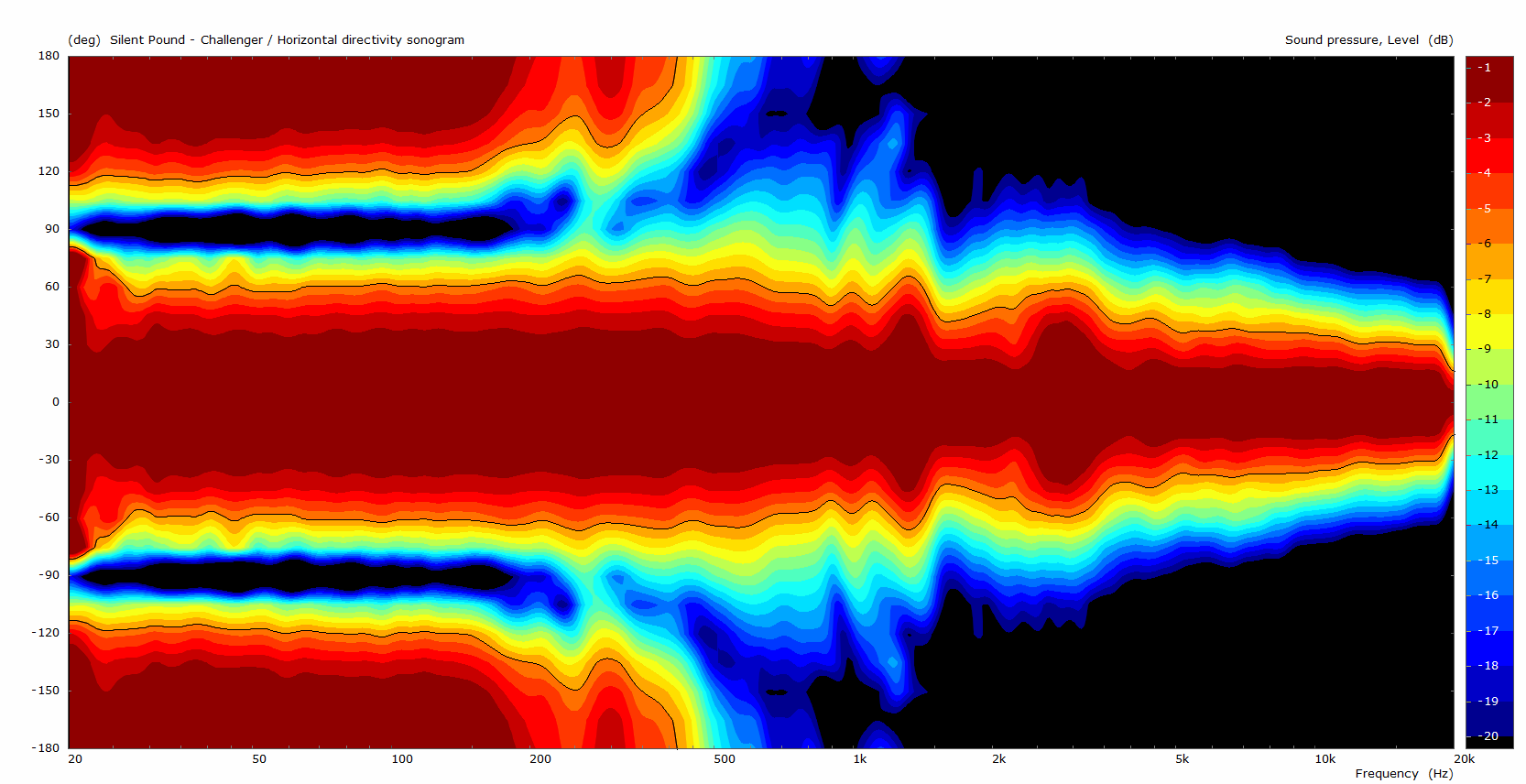
Patent pending midrange enclosure
Mid-frequency range plays a crucial part in recreating a sound stage, which is why we’ve paid a great deal of attention to designing mid- and high-frequency range part of the system. To address the mid-range frequency (MF) correction of directivity in the lower part of MF range, we’ve created a unique acoustic enclosure, which allowed to find optimal acoustic balance between MF and LF. Careful experiments and calculations led tosignificantly more detailed soundstage when compared to traditional systems.
MF-HF range is recreated by a mathematically modelled compact horn of our own original design tuned to match MF. The horn features highest technical specs and and sound very natural without any additionscharacterized by improperly designed horns.
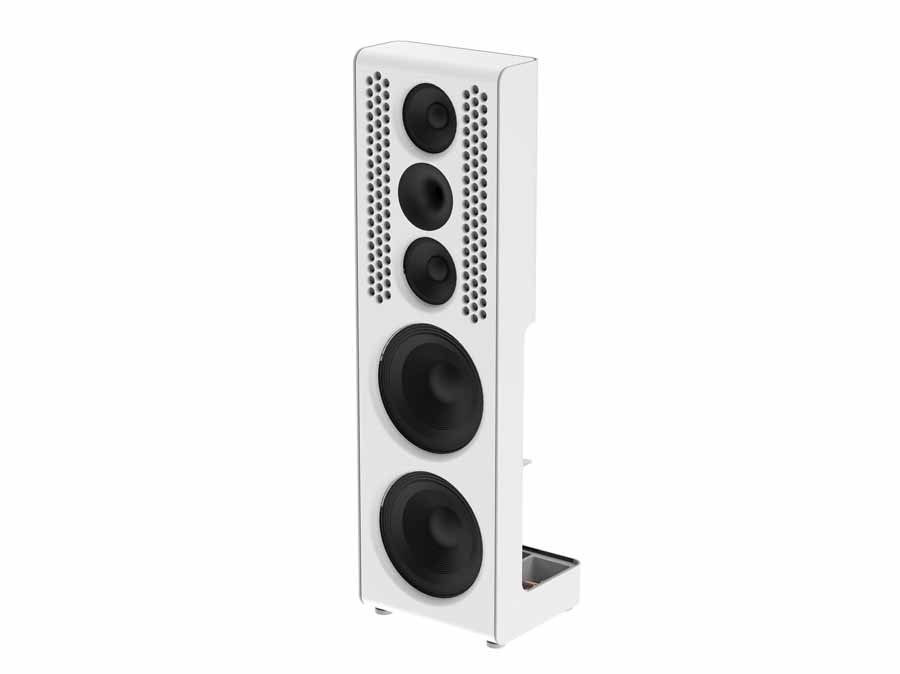
Design
While creating the Challenger we’ve paid a great deal of attention not only to sound, but to visual aesthetic as well.
Steel cabinet might look monumental from first glance, but it is only 15 cm deep and thanks to its sleek, subtle and elegant lines it will unobtrusively blend into your room space.
Inspired by timepiece makers and our own Discovery open baffle model we left part of the system’s back open. Those wishing to sneak a peek at the back of low frequency drivers, designed and made exclusively for Silent Pound, can easily do so by simply removing the safety mesh. Crossover part of our own design is always visible through a clear safety glass.
Those wishing to make their system even more unique can choose more than classical black or white. We offer a wide array of colors, from Pearl Gentian Blue to Grey Metallic Atlas.
Thanks to the efforts of the award-winning industrial designer Moses Kang, all these elements smoothly combined into an astonishing audio system that is both acoustically and visually impressive – Silent Pound Challenger, designed and assembled in Lithuania.
Specifications
Frequency range
30Hz to 18kHz (±3dB)
Sensitivity
88dB (2.83V/1m)
Impedance
4 Ohm
Minimum impedance
3.2 Ohm
Speaker drivers
2 x 300 mm (12”) woofers designed exclusively for Silent Pound systems
2 x 160 mm (6”) Midwoofer
1” compression driver
MTM (midwoofer-tweeter-midwoofer) driver array
Configuration
3.5 way speakers
Design
Constant directivity
Dimensions
124 X 36 x 35 cm
Weight
60 kg (1/unit)
Recommended amplifier
100 – 400W


